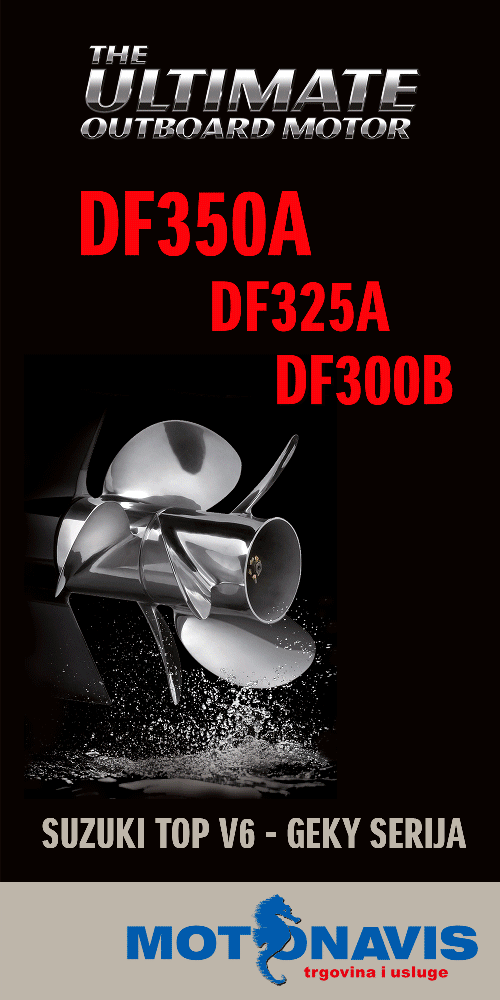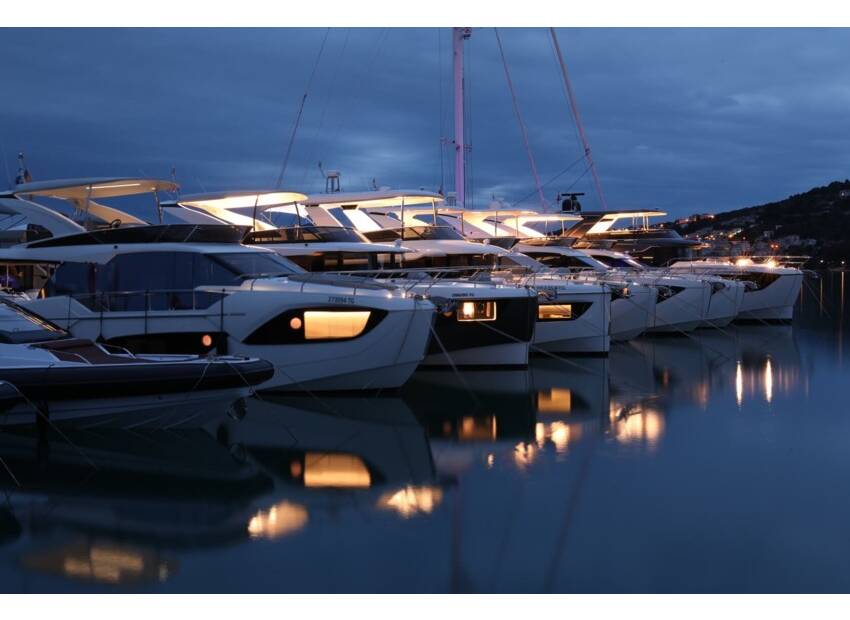Evolution and revolution. What Michael Frauscher recently promised as development guidelines for his own models, could also apply to many other new motorboat models.
However, to do justice to Michael Frauscher, the Austrian boat builder (Hall 6, Stand A05) has always been at the forefront of innovative boat building for years.
The Austrian shipyard has announced no less than three new models for 2019. The Frauscher 1017 GT Air is the first of them and celebrates its world premiere at boot Düsseldorf. It offers even more space on board than the corresponding cabin model 1017 GT, plus some sophisticated details on top. But the outstanding handling characteristics prevail, as the hull remains identical. "We see ourselves as the engineers of emotions," says Michael Frauscher. "In our product development, we concentrate equally on technical innovations and on design."

A world record was set this summer by Say Yachts (Hall 5 Stand D 46) with the Say 29E Runabout Carbon. A carbon fibre speedboat with electric propulsion - and, admittedly, the fastest in the world today in the class of eight to ten metre boats. The boat, which is extremely narrow at the waterline, achieved an average speed of 48 knots over several runs on the test course, corresponding to 89 km/h. All of this, thanks to the "Wavecutter" hull concept, with extremely pleasant driving characteristics even at top speed in "insane mode". But then for just about 30 seconds, only. If you want to enjoy top speeds at least a little longer, you can choose conventional combustion engines, instead. What both versions have in common is the remarkable hull, made entirely of carbon, as well as the equipment and the design, both of which are very minimalistic.
Say yachts are a good example of how fast, modern tenders or even utility boats are constantly evolving, finally turning into a category in their own right: Fast, sometimes even luxurious speedboats for day trips or weekends on the water. Say Yachts consistently focuses on speed and design, less on luxury in the conventional sense.
Another example of a modern speedboat to make an impression is the Invictus 320 GT (Hall 4, Booth B57). Of course, the design with its distinctive bow and straight ship's sides is striking. But this also creates space inside the hull, which, unlike on a Say, is almost homely - even though life here takes place mainly outside, in the Alfresco kitchen, with grill and wet bar, or in the lounge area. But when it comes to speed, the Invictus pilot will only see the stern of the Say. Depending on engine configuration, a maximum of 700 hp brings the Invictus up to a cruising speed of 29 knots maximum.

Fast tenders, even if they may no longer be simply tenders at all but rather modern runabouts, have been the big trend in motorboats for at least two years now. But, also on real cruising yachts or family boats, speed and strong designs are predominantly in demand.
In this respect, even the once so plain outboard boats in Jeanneau's Merry Fisher series, for example, are now quite spicy. The completely new designed top model Merry Fisher 1095 can be seen in hall 5, booth E22. The visual features here are large window bands in the hull sides and a deck saloon superstructure which underlines the character of the boat as a family cruiser. The motorisation with two outboards (maximum 2 x 300 hp) creates additional space on board - a bold and logical concept for a boat around ten metres long. On and below deck (two or three double cabins) there's plenty of room, but thanks to the airy, loft-style design the living space does not feel cramped anywhere.
With all these modernist trends, it may be reassuring for some motorboat fans that the great classic brands are still on the market, that they remain true to themselves and modernize their boats with great care. For the runabouts, there are, of course, the beautiful wooden classics of the Swiss Boesch shipyard (Hall 5, Stand A19), Utility Boats to be mentioned are Boston Whaler - this name has almost become a synonym for the working boat par excellence. Now there is a re-make of this classic with the Boston Whaler 170 Montauk (Hall 9, Stand A60). With the typical, flat-boarded pontoon hull optically unchanged, this boat still has some technical innovations such as, most strikingly, a bathing platform.

What Boston Whaler is in fishing and workboats, Grand Banks is for classic trawler yachts. With the almost 20-metre-long Grand Banks 60 (Hall 17, Stand C42) this traditional brand now also offers a real liveaboard cruiser. Here, too, the ship remains visually unmistakably true to the brand because the most important innovation is invisible: the hulls are laminated with carbon reinforcements using the vacuum infusion process. The associated saving in weight has a positive effect on speed or, depending your driving style, range. Speeds of up to 36 knots are possible, which is outrageous for a robust trawler, as is a maximum range of 2500 nautical miles, if you restrain yourself to cruising at a leisurely speed of ten knots.
But despite such "lighthouse brands", it is very clear that modern design and contemporary technology are increasingly arriving on mainstream motoryachts. This also means that electric drives are being used more and more often.
Related articles

Nautical Industry
Recognition for Moto-Nautics
Ranieri Int. honours his dealer for Slovenia, Croatia and Serbia





















